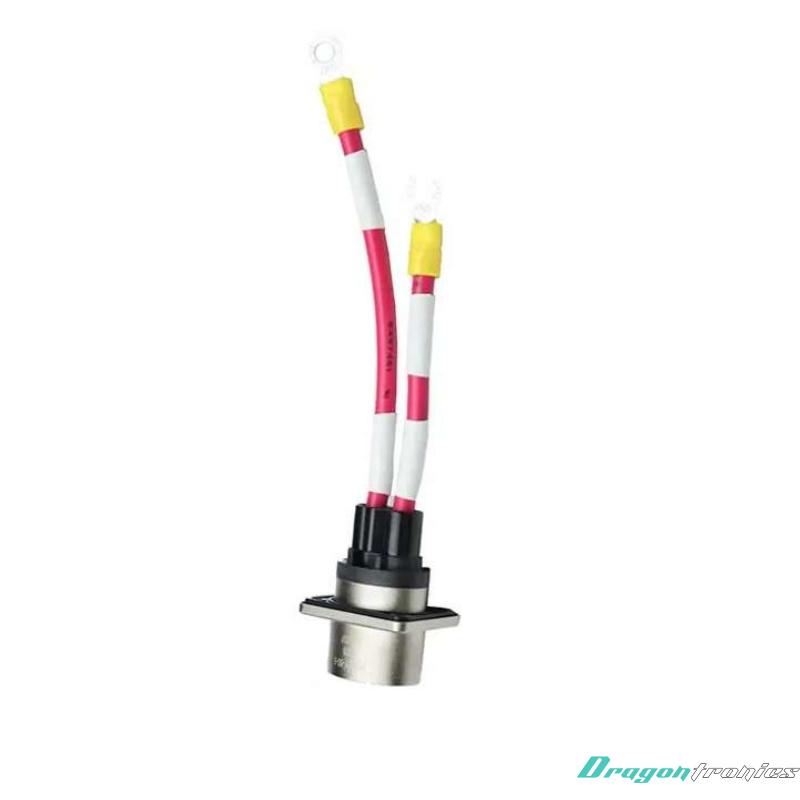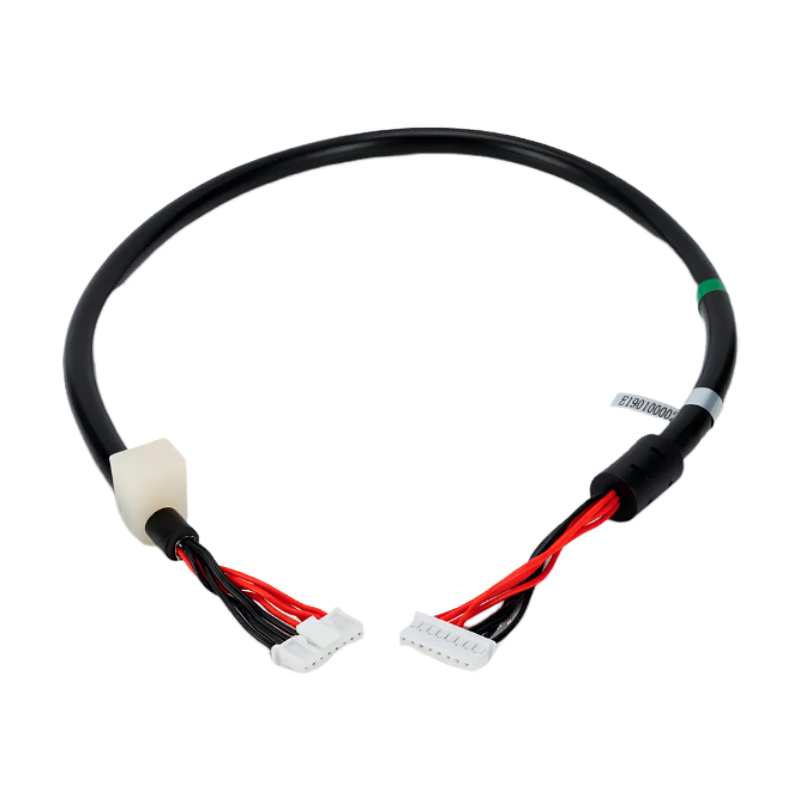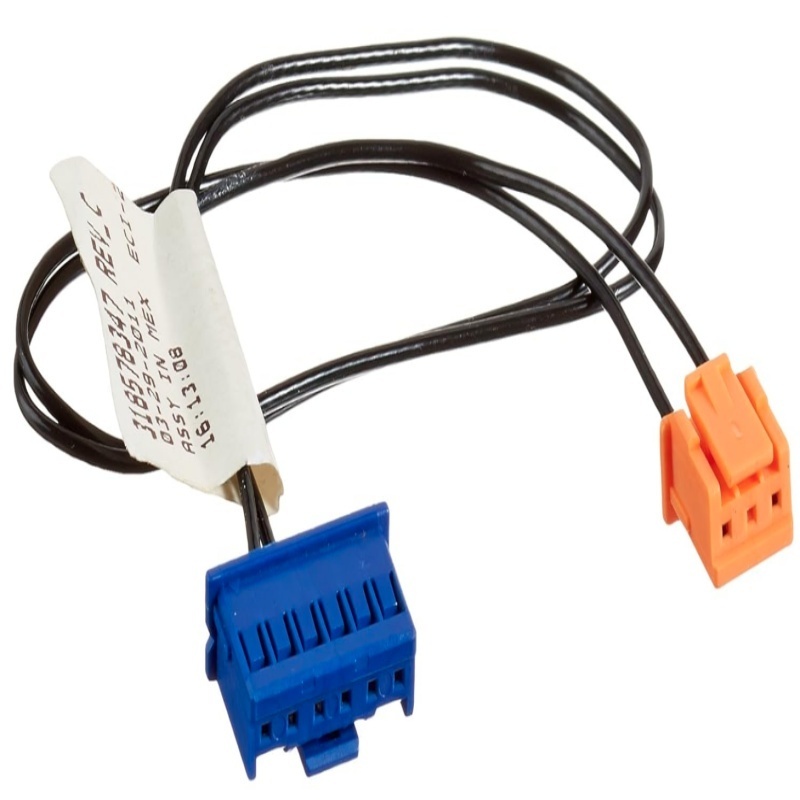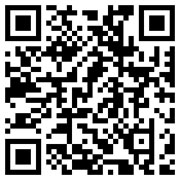Electrical Wire Harness and Consumer cable
Power cord extension cable
- Product description: Power cord extension cable
A Power Cord Extension Cable is a flexible electrical cable designed to extend the reach of an existing power cord or plug, allowing electrical devices to be connected to a power source when the original cord or outlet is not long enough. It typically consists of a plug at one end (to connect to the power source) and a socket at the other end (to connect to the device). These extension cables are commonly used in both household and industrial settings to increase the convenience and flexibility of electrical connections.
Key Functions of a Power Cord Extension Cable:
1. Extending Reach:
o The primary function of a power cord extension cable is to extend the distance between an electrical device and a power outlet. For example, if an appliance or tool cannot reach a wall outlet due to the cord’s short length, an extension cable can be used to bridge the gap.
2. Enabling Versatility:
o Power extension cords allow electrical devices to be used in places where outlets are not conveniently located. They are especially useful for outdoor activities, workstations, and areas with limited access to power sources.
3. Convenience:
o Extension cables provide an easy and cost-effective way to make electrical connections without having to install additional outlets or run permanent wiring.
4. Power Distribution:
o In some cases, extension cables can include multiple outlets, allowing the user to connect multiple devices to a single power source. These are often referred to as power strips or multi-outlet extension cords.
Key Components of a Power Cord Extension Cable:
1. Conductors (Wires):
o The core of the extension cable consists of conductors, usually made of copper or copper-clad aluminum, which carry the electrical current. The number of conductors (wires) typically corresponds to the type of device the extension cord is intended to power (e.g., 2-wire, 3-wire for grounding, etc.).
2. Insulation:
o The wires are insulated with materials such as PVC, rubber, or silicone to prevent electrical short circuits and protect users from electric shock. The insulation also helps protect the wires from wear, abrasion, and environmental factors.
3. Plug (Male End):
o The male plug is the part of the extension cable that is inserted into an existing power outlet. It typically has prongs made of metal (such as brass or copper) that conduct electricity.
4. Receptacle (Female End):
o The female end of the extension cord is where the electrical device or appliance is plugged in. It usually features slots designed to fit the prongs of the plug that connects to the device.
5. Outer Jacket:
o The extension cord's outer jacket provides additional protection against damage, and it is typically made from durable materials such as PVC or rubber. The jacket helps prevent physical damage and ensures safety from exposure to moisture, heat, or chemicals, especially in industrial or outdoor settings.
6. Grounding (for 3-prong cords):
o For 3-prong extension cords, a ground wire is included to provide a path to the ground in case of a short circuit, improving safety. This grounding feature is essential for devices that require a grounded connection to prevent electrical hazards.
Applications of Power Cord Extension Cables:
1. Home Appliances:
o Extension cords are commonly used to connect household appliances (such as vacuum cleaners, refrigerators, microwave ovens, and lamps) to power outlets when the appliance’s cord is too short.
2. Power Tools:
o In workshops or outdoor areas, power tool users frequently rely on extension cables to provide additional reach, enabling them to use tools such as saws, drills, and sandblasters in areas without easily accessible outlets.
3. Outdoor Activities:
o Extension cords designed for outdoor use can power electric grills, string lights, camping equipment, or garden tools when an outlet is not nearby. These outdoor extension cords are typically water-resistant or weatherproof to protect against the elements.
4. Computers and Office Equipment:
o Office workers often use extension cords to power computers, printers, and other office devices when wall outlets are difficult to access, or when multiple devices need to be connected to a single power source.
5. Industrial and Commercial Use:
o In factories, warehouses, and construction sites, heavy-duty extension cables are used to power machinery, lighting, and other equipment in locations where permanent electrical installations may not be feasible.
6. Specialized Electrical Equipment:
o Certain devices such as medical equipment, audio/visual systems, or industrial machinery may require extension cables to provide reliable power when outlets are in hard-to-reach locations.
Types of Power Cord Extension Cables:
1. Indoor Extension Cords:
o These are typically light-duty cords used for powering smaller appliances, such as lamps, chargers, or small electronics. They are generally not designed for exposure to harsh environments and are best used in dry, indoor settings.
2. Outdoor Extension Cords:
o Outdoor extension cords are built to be more rugged and weather-resistant. They often feature thicker insulation, a stronger outer jacket, and may be UV-resistant or waterproof to withstand exposure to the elements. They are used for outdoor power tools, lighting, and other devices that will be used outside.
3. Heavy-Duty Extension Cords:
o These extension cords are designed for high-power applications and can handle larger electrical loads. They are often used in workshops, construction sites, or for running power to high-wattage equipment. These cables are made with thicker wires and durable insulation to handle high currents.
4. Power Strip Extension Cords:
o A power strip extension cord features multiple outlets on the female end of the cord, allowing multiple devices to be plugged into a single extension cable. Some power strips also include surge protection to guard against voltage spikes.
5. Extension Cords with Grounding:
o 3-prong extension cords include an additional grounding prong, which is required for certain electrical devices that need grounding for safety purposes. These are commonly used for high-powered tools, appliances, or equipment with a metal casing.
Safety Considerations for Using Power Cord Extension Cables:
1. Avoid Overloading:
o Ensure that the total power draw of the devices connected to the extension cord does not exceed the cord’s rated capacity. Overloading an extension cord can cause it to overheat, potentially leading to fire hazards.
2. Use for Intended Purpose:
o Always use the correct extension cord type for the intended application (e.g., indoor, outdoor, heavy-duty). Using an indoor cord for outdoor use can lead to safety risks, especially if the cord is not weatherproof.
3. Inspect for Damage:
o Before use, check extension cords for any visible damage to the cord, plug, or insulation. Damaged cords should be replaced to avoid electrical shock or fire hazards.
4. Proper Storage:
o Store extension cords properly to prevent damage. Coiling them loosely (not tightly) will prevent kinks and wear on the internal wiring. Avoid running extension cords through doorways or windows where they can be pinched or damaged.
5. Avoid Daisy-Chaining:
o Never connect multiple extension cords together to extend the length. This can result in overheating and is a common fire risk.
Conclusion:
A Power Cord Extension Cable is a versatile tool that extends the reach of electrical connections, making it easier to power devices when outlets are not within reach. Whether for household appliances, power tools, outdoor equipment, or industrial machinery, extension cords provide the flexibility needed to ensure electrical devices can be powered safely and effectively. Choosing the right type of extension cord for the intended application—whether indoor, outdoor, heavy-duty, or multi-outlet—is essential for both convenience and safety.
Categories
Latest News
Contact Us
Contact: Fiona Wu
Phone: 86 - 173 28414 818
Tel:
Add: 20, Changtian Road, Hengli, Dongguan, Guangdong, 523852, China




 Lankecms
Lankecms lankecms
lankecms
 Lankecms
Lankecms